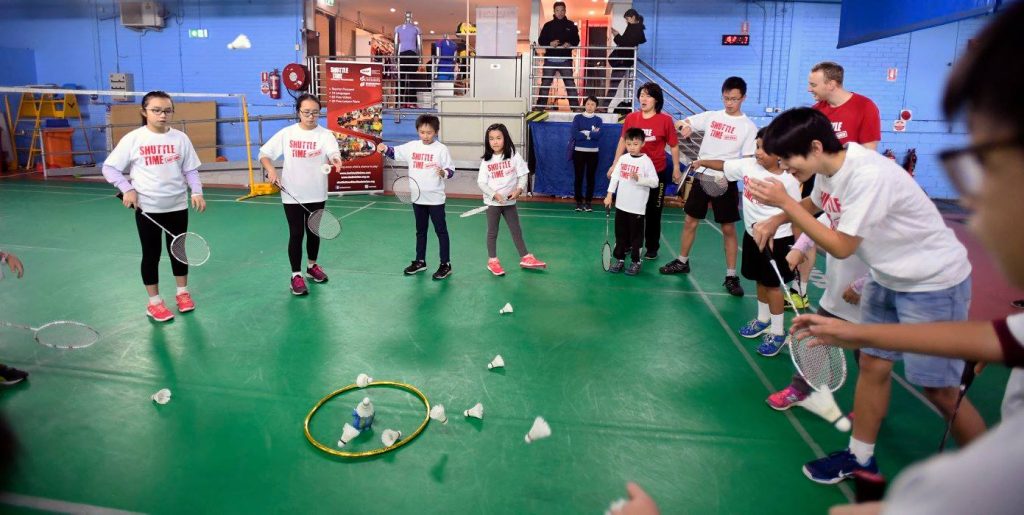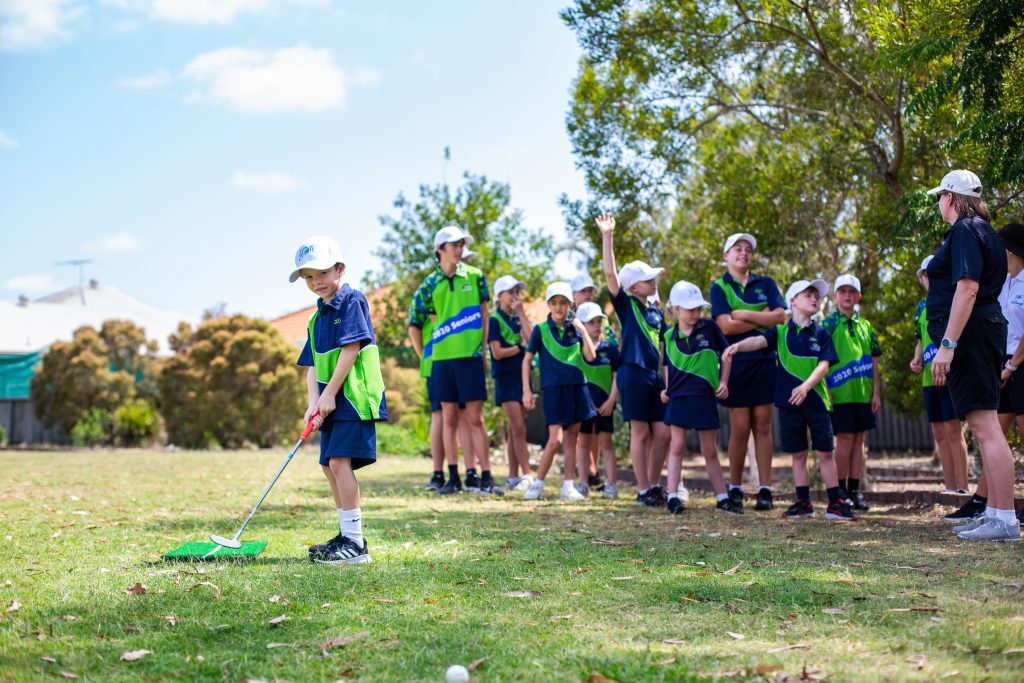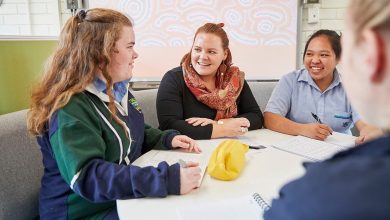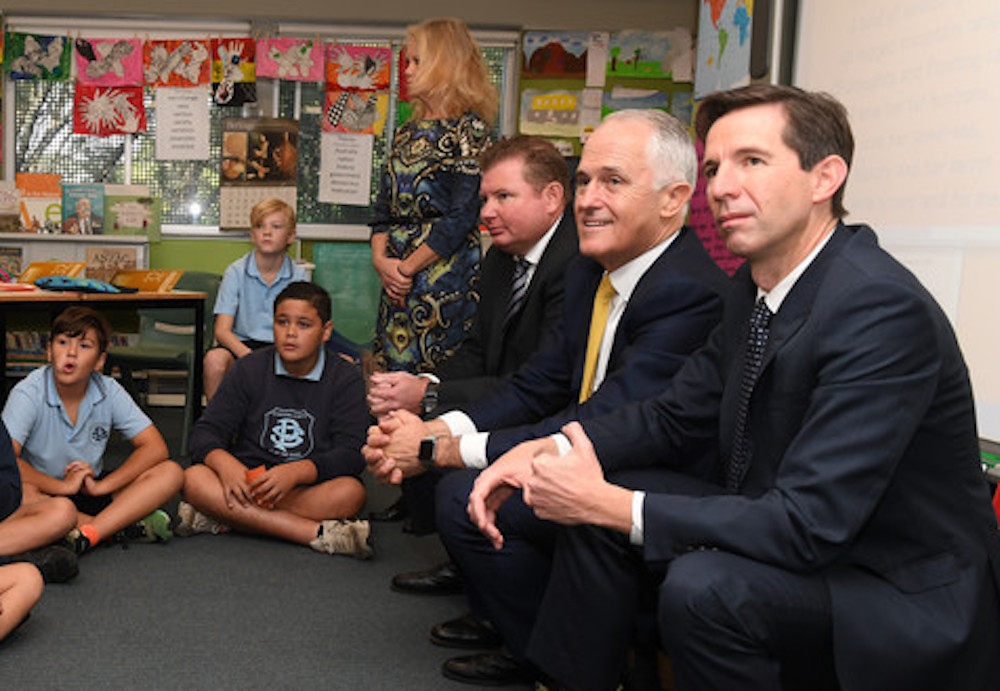Increasing student opportunity and engagement in school sport
With extensive benefits for mental health, school spirit, and personal development, sport is a quintessential part of the school experience.

School sports are a quintessential part of every student’s school experience.
Getting involved in a sports team at school is an enriching experience for a developing child or teen. Not only does it teach good fitness habits and teamwork – skills which a child or teen will likely take into their young adulthood and beyond – being in a sports team can also help build a sense of community and identity. Additionally, sports are fun, and can get students engaged in school. For some, school sports teams may even be the start of a more illustrious sporting career.
Read the Term 2 edition of School News HERE
But even though most students won’t be the next Ash Barty or Jonathon Thurston, participating in school sports still provides a myriad of benefits for.
Anecdotally, school sports are said to be good for young people, building discipline, teamwork and social skills. A student’s soft skills are developed through participation in extra-curricular school sport, including time management, confidence and organisation. These are valuable skills which will benefit students throughout their educational journey, and beyond.
In recent years, student wellbeing has been prioritised. Evidence suggests that organised sport correlates strongly with improved wellbeing, with organised sport having unique characteristics that promote wellbeing.

One hypothesis is that sports enmesh students in their community, creating a strong sense of “relatedness”. Another suggestion is that sports promote a healthier relationship to physical activity – one that goes beyond the sport itself.
Sport may also improve children’s self-esteem, as children have fun during sport. This improved self-esteem and enjoyment from participating in sports may increase motivation for participation in the game. Certain small-scale studies have even shown a positive relationship between sports participation and cognition.
External sports programme providers could add value to the curriculum. As they are experts in their field, classroom teachers often feel more comfortable allowing external providers lead the curriculum in this area. External providers in sport and PE can also provide a PLD opportunity for teachers.
For some students, opportunities to participate in sport may be limited. Barriers may include financial and time factors. As external school sport providers often bring their own equipment, and sessions occur during the school day, some of these barriers can be removed for by using external providers, allowing some less advantaged students to access the benefits of organised sport.

As for external providers, many regions have locally operated initiatives which may offer tailored programmes to suit your school’s needs. Different sports associations may also provide specialised sports programmes, and have educators trained to teach the specifics of their sport to young people. For specific sports, external providers may also be able to provide best practice guidelines, such as proper form and technique. This ensures a safe and effective sporting environment for all participants.
In terms of sports equipment, a wide variety is available depending on your school’s needs. For primary schools or recreational use, basic and affordable equipment is available from a variety of department stores. These might suffice for school excursions to the beach, where schools might participate in some light intra-school volleyball or cricket. For more formal sporting occasions, however, affordable sporting equipment is also available from wholesale suppliers. These range from athletics equipment such as rubber discuses, to a wide array of balls, cricket bats, badminton rackets and shuttles. Many schools may also choose to invest in durable sets of sporting equipment to be shared between classes. This ensures that a wide variety of sports are accessible to all students.
Sports participation can provide many opportunities for students, which may increase engagement and school spirit. For example, sporting excursions can be an exciting opportunity for both physical activity and a break from academics. These excursions may be to local sporting facilities, or even the local park or beach. As well as getting the kids outside, these excursions may also serve to help students feel a part of their local community by familiarising them with community facilities.
Finally, schools may choose to recognise sporting participation or achievement with certificates and awards ceremonies. With a little effort and some graphic design skills, certificates can be an excellent way to build school spirit, as well as an enthusiasm and motivation for sports. A little recognition could go a long way to building a long-standing love for sport and recreation, ensuring healthy and active young people develop into healthy and active adults.







